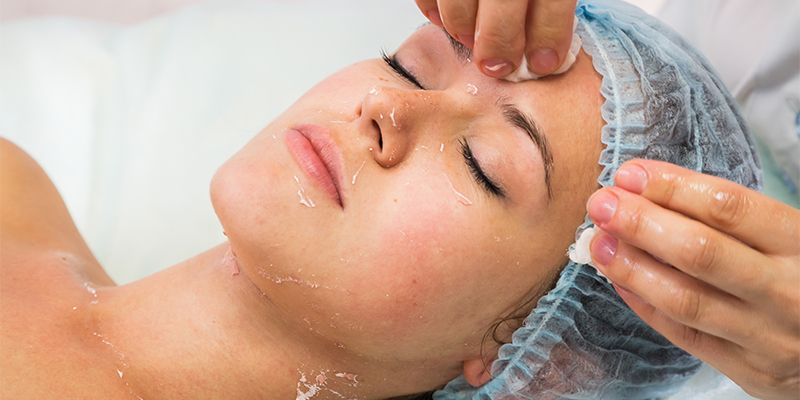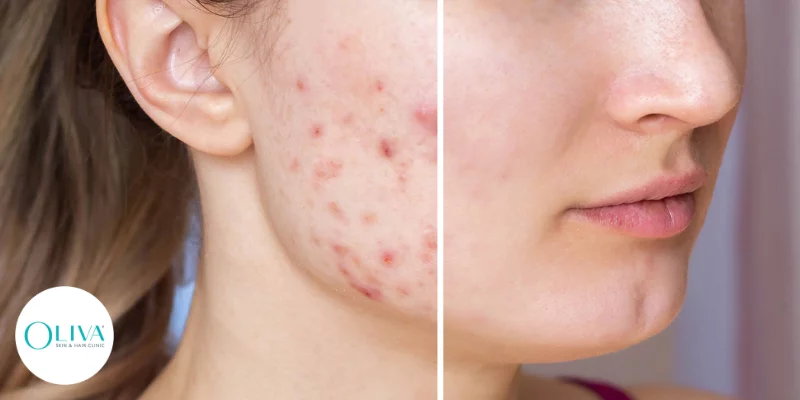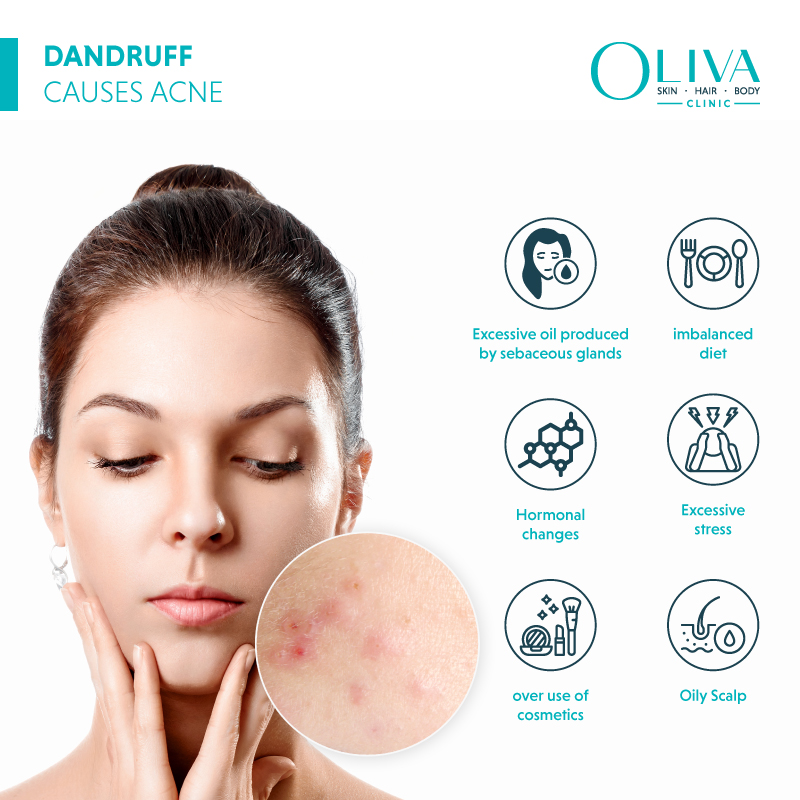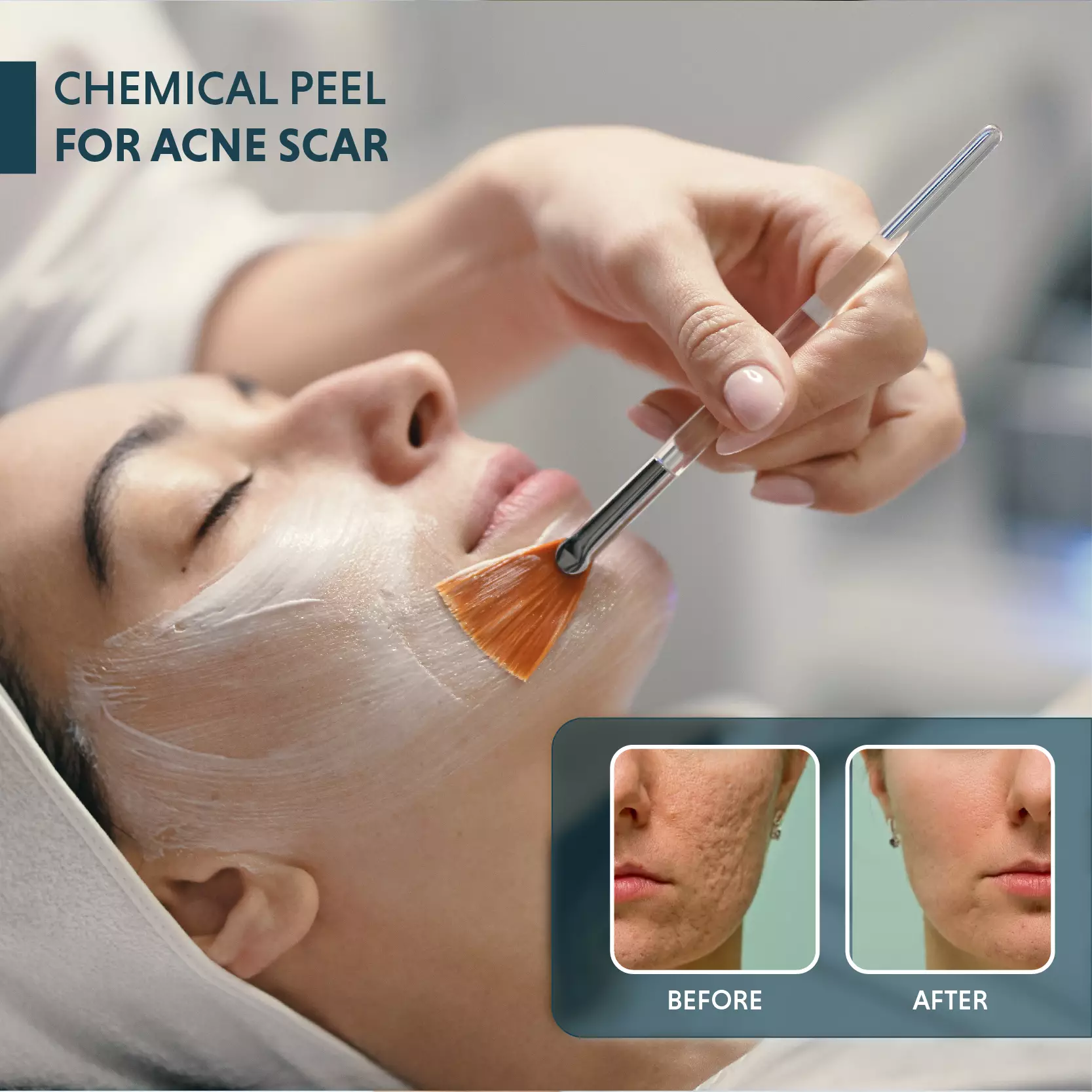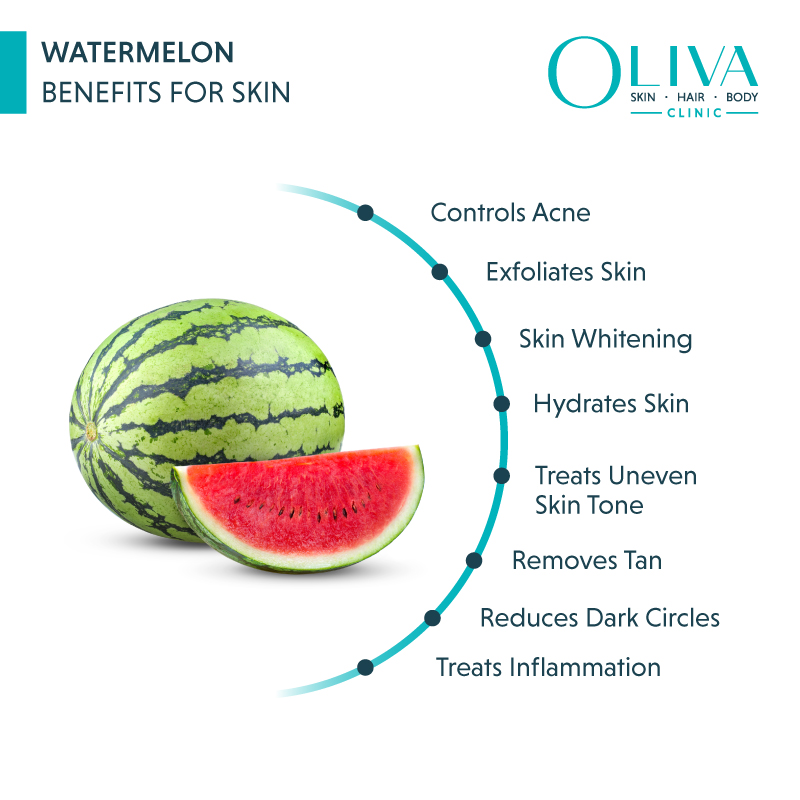TCA Peel – Procedure, Cost & Benefits
TCA peels are a widely performed and time-tested method of treatment for acne scars and pigmentation. Do you know they show dramatic results in treating conditions like melasma, superficial acne scars and ageing issues? They are an economical and in some cases, a more effective alternative to lasers. However, the results depend on the guidance and supervision of an experienced dermatologist.
What Is TCA Peel?
TCA or Trichloroacetic Acid is one of the chemical peels commonly used to treat damaged skin. When applied to the skin’s surface, this peeling agent helps facilitate the controlled removal of the upper layer of the skin. The peeling process may continue for a maximum of one week, post the procedure. As soon as the top layer peels off, it reveals new skin with a smoother texture and brighter tone.
Also Read: Know More About Effective Chemical Peel Treatments
Skin Conditions Treated With TCA Peels
A dermatologist will recommend chemical peels mainly when pigmentation issues occur. Sun damaged skin, discoloration from pregnancy, wrinkles, acne, acne scars, and large pores are quite commonly treated via peels.
Ice-pick scars (a type of acne scars), peri-oral (around the mouth) or peri-orbital (around the eye) pigmentation, freckles, cases of melasma, acanthosis nigricans, which is a velvety texture seen on the skin due to obesity, can also be treated effectively through TCA peels. Characteristics of an individual’s skin, like thickness or texture, may influence the effect of the treatment.
Also Read: Chemical Peel Types
Benefits Of Trichloroacetic Acid Peel
TCA peels have many benefits that go beyond improving the texture and tone of the skin. TCA peels help treat the following skin concerns–
- Reducing brown spots and age spots
- Decreasing melasma
- Reducing fine lines and wrinkles
- Treating sun damaged skin
- Imparting a healthy glow to the skin
- Reducing leathery texture
Steps For TCA Peel Application
TCA peels in dermatology come in a range of concentrations between 10% and 50%. The depth of the peel ranges from superficial, medium and deep depending on the percentage of TCA used. Peels with 30% and 50% of TCA are considered highly concentrated. Dermatologists use peels of a lower concentration on the face as they involve a lesser downtime. Peels are not suitable for use on the sensitive skin near the eyes. The higher the strength, the deeper is the penetration of the peel.
TCA Peel Procedure
First, a skin therapist will thoroughly cleanse the skin to remove any traces of dirt, grime and any skincare and makeup products. She will then apply the TCA peel on the affected areas according to the concentration prescribed by the dermatologist. The dermatologist makes this decision before the procedure based on the extent of skin damage and the size of the target area.
On application, you may experience a mild warm sensation. When the solution cools down its action begins. After a stipulated time interval, the therapist will neutralise the peel with the use of cotton pads soaked in water. She will then apply an ointment to help the skin heal faster.
TCA Peel Post Care Instructions
Following the post-procedure instructions, helps ensure faster healing and optimal results. After undergoing the TCA peel, your skin may become more sensitive to the sun for a while. Wear sunscreen every day without fail until the skin heals. If possible, avoid direct sun exposure to achieve the best results. It is also important to avoid picking the skin layers that are peeling off.
Before and After Results For TCA Peel
Immediately after undergoing the TCA peel, the skin may appear dry and “frosty”. The off-colour appearance of the crusts will turn deep red to dark brown over a few days before peeling off over one week. Within a week to ten days after the peeling session, you will notice new, softer and radiant-looking skin beginning to appear.
Complications & Side Effects Of TCA Peel
Adhering strictly to the pre-care and post-care instructions ensures TCA peels deliver optimal results without compromising your skin health. However, different skin types display a variety of reactions. Some side effects may include –
- Mild, transient redness
- Mild flaking
- Dryness
- Scarring
- Sun sensitivity
Also Read: Chemical Peel Cost In India
Jump To:
- Is TCA Peel Safe?
TCA peels are effective and safe when applied under the supervision of an experienced specialist. - How Often Can You Undergo A TCA Peel Treatment?
TCA peels are safe when used at appropriate intervals. An effective treatment plan schedules a series of 3-4 sessions spaced about four weeks apart. - Are TCA Peels Painful?
TCA peels are not at all painful. At most, one might feel a slight warm sensation during the application, after which the solution cools off. - Are TCA Peels Safe For Darker Skin Types?
Most light chemical peel treatments are safe to use on brown or dark skin types. If you are looking to get a deeper peel, it is best to consult your dermatologist first. - Are TCA Peels Safe For Use At Home?
No. TCA peels require expert supervision and a controlled and hygienic environment for optimal safety and efficacy. Always consult a dermatologist before undergoing the treatment. - What Is The Difference Between A TCA Peel And A Glycolic Peel?
A TCA peel is a medium chemical peel that does not suit all skin types and requires a dermatologist’s prescription, whereas a Glycolic Acid peel is a superficial chemical peel, usually considered safe for most skin types, and does not require a prescription. - What Is The Difference Between A TCA Peel And A Jessner Peel?
Both TCA and Jessner peels are medium chemical peels, but the difference lies in their concentration, strength and ingredients. Jessner peel is a formulation of three peeling agents – salicylic acid, lactic acid and resorcinol in fixed concentrations. A TCA peel, on the other hand, only contains trichloroacetic acid. - Does TCA Cross Peel Help Treat Acne Scars?
A TCA Cross Peel facilitates the chemical reconstruction of deep atrophic scars, including ice pick and superficial boxcar scars. It improves overall facial texture. Your dermatologist may apply a high concentration TCA peel focally into the ice pick scar with either a toothpick or a needle to induce collagen formation and reduce its appearance.
Now, you know all about TCA peels. Consult your dermatologist today to find out if it’s a suitable treatment option for you. Stay tuned for more dermatology-related info and updates!
Our certified subject matter experts do extensive research and collate facts from reputed scientific journals and international studies to create informative and engaging articles related to all your dermatology concerns. They strive to help you decipher medical jargon, distinguish fact from fiction and overcome paranoia. Our qualified medical board or expert panel goes a step further to verify these facts based on their rich academic knowledge, vast clinical experience and critical industry insights to ensure you consume only medically accurate content that empowers you to make informed decisions about your hair and skin-care treatments and weight management. Check out our Editorial policy for further details
https://www.ncbi.nlm.nih.gov/pmc/articles/PMC6122508/https://www.ncbi.nlm.nih.gov/pmc/articles/PMC4411592/
https://www.ncbi.nlm.nih.gov/pmc/articles/PMC2921757/


